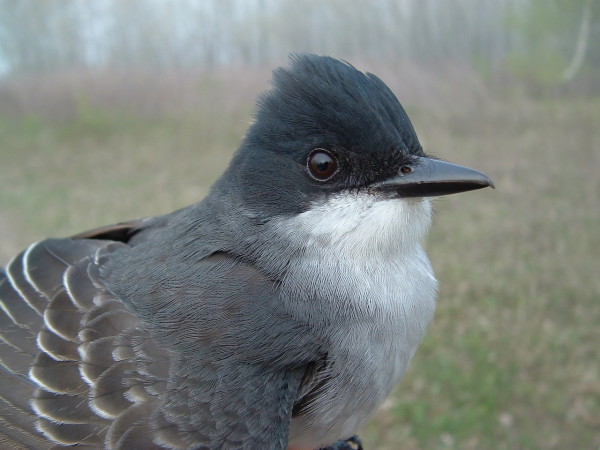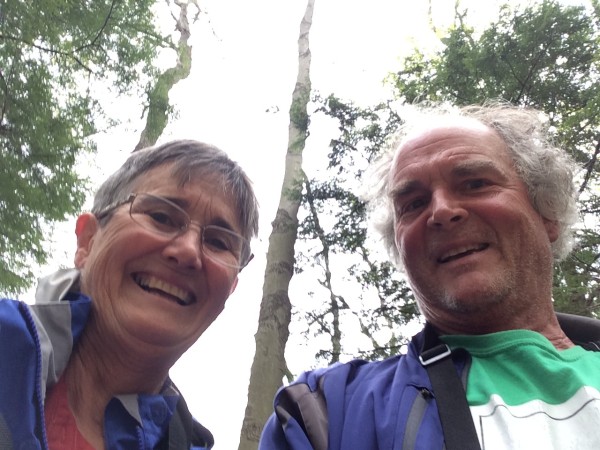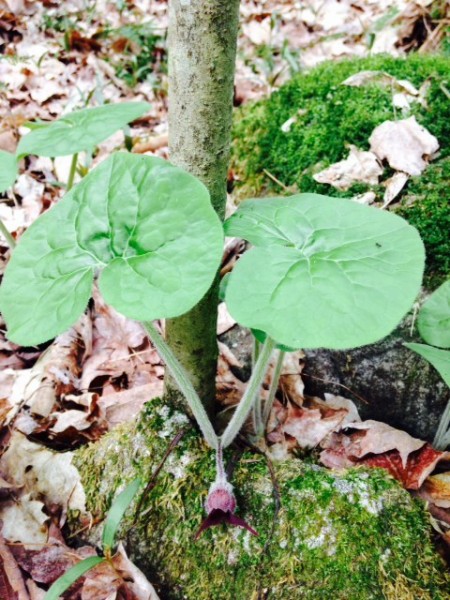"Lovebirds” celebrate nature with an annual birdathon
By David Love, longtime WWF donor and supporter
“Oh my, there’s another one,” Ann whispered. Sitting in a hemlock just two meters away was the seventh Blackburnian Warbler of the day. Earlier, we had seen six Baltimore Orioles and five American Redstarts.
We were on an orange birdathon!
Ever since we met over 50 years ago, Ann and I have watched birds together. Our three kids and now our four grand kids all call us “bird nerds.” We wear the moniker proudly but prefer “the Lovebirds.”
On Tuesday, May 20, we spent six hours and walked 12 kilometers spotting and counting birds to raise money for bird conservation. This was our twelfth birdathon and, like the others, we saw some spectacular birds.
Of course, our location helps. We live in Happy Valley Forest on the Oak Ridges moraine in Ontario. This magnificent 1000-hectare forest is just 40 kilometers from downtown Toronto. But when you are in the middle of it, the city seems light years away.
The Happy Valley Forest is a magical place and we have shown it off twice to groups of hardy hikers invited by WWF. We have long supported WWF because they champion the protection of the natural world which sustains us all. Birds are elegant, colourful, fascinating windows into this world. And they are everywhere from the dark forests of Happy Valley to the ravines in Toronto.
While a few ancient White Pines still tower above Happy Valley, most of the mature trees are hundred-year old Sugar Maple, American Beech, and Red Oak interspersed with Eastern Hemlock, Red Maple, Black Cherry and White Ash. The forest continues to advance into cleared meadows with pioneering White Birch and Aspen. In May, just before the forest canopy leafs out, the forest floor is covered with spring ephemerals, in particular giant patches of White Trillium.
For some, the birdathon is a frantic race against time to see as many species as possible. For Ann and I (and our golden retriever Skookum), it is chance to spend an extended period of time in the woods watching and listening.
Even after the remarkable display of orange by our three lead bird species, the highlight of our walk was finding a beautiful clump of Wild Ginger, a plant we have not found blooming in the forest for many years.
But, in the end, the day was about the birds. Overall, we saw 56 species. While it is always invigorating to see and identify wild birds, we are sadly aware that when we started in the mid sixties, we saw many more birds. Personal proof that songbird populations continue to experience dramatic declines.
In my twenty years working at WWF, it was often birds that captured the collective imagination of enthusiastic conservationists. This is not only because birds are indicators of ecosystem health but also because birds show us how beautiful and yet how fragile our living planet is.
All the more reason to do a birdathon! And if readers of this blog would like to contribute to our efforts, simply visit our web page.
While 2014 was an orange birdathon, we did see an Indigo Bunting, three Black-throated Blue Warblers and a couple of Bluebirds. Maybe we are moving towards 2015 being a blue birdathon!




